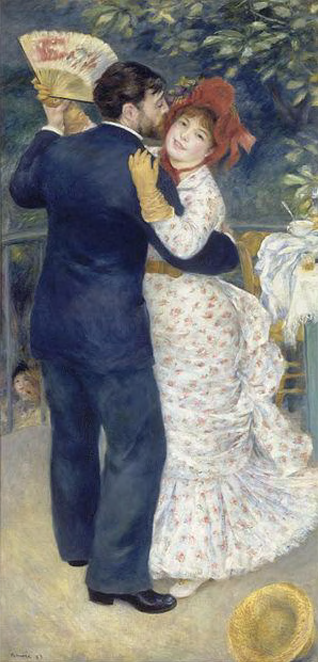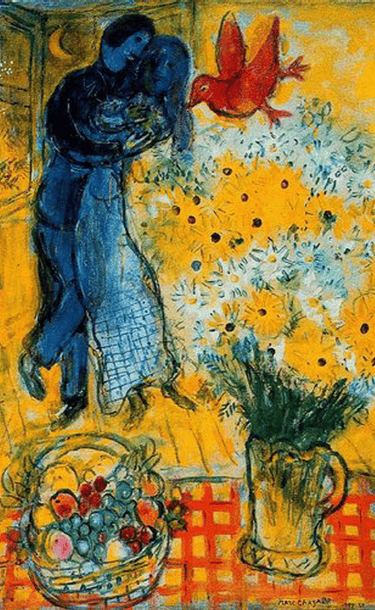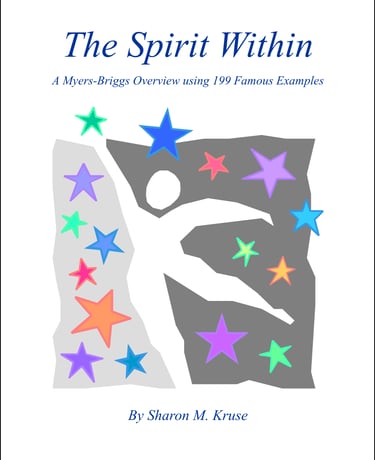While Extraversion and Introversion determine where you focus your attention, Sensing and iNtuition define the way you take in information. Sensing relies on direct perceptions noticed by the conscious mind; intuition relies on indirect perceptions observed by the subconscious mind.
A big difference between the “S” and “N” types can be seen at a glance by comparing paintings by Pierre-Auguste Renoir (ISFP) and Marc Chagall (INFP).


Figure 10: Renoir's Dance in the Country (1883) and Chagalll's The Lovers (1928)
Sensing (S) / iNtuition (N)


People who prefer using their senses (sight, sound, smell, taste, and touch) are interested primarily in realities; people who prefer to use intuition are interested primarily in possibilities and abstract ideas.
Charles Dickens (ISTJ) and Jules Verne (INTJ) were both novelists in the 1800s. Dickens was a social critic, using stories to show the reality of economic, social, and moral abuses in his environment. Verne researched recent scientific discoveries and then imagined possible outcomes to write some of the first science fiction stories.
Edward Hopper (ISTJ) and M. C. Escher (INTJ) were both artists in the early and mid 1900s. Hopper was a realist, making life-like pictures of people and landscapes. Escher was famous for creating surreal images, impossible constructions, and unique illusions based on the use of positive and negative space.

